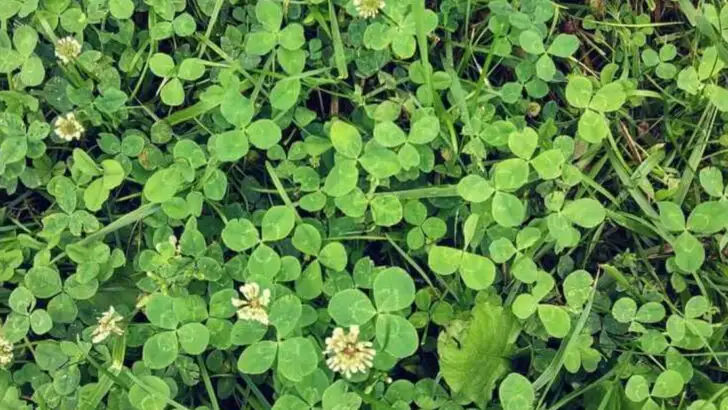Weeds usually get a bad reputation—ripped out, poisoned, or pulled before they have a chance to grow. But here’s the surprising truth: not all weeds are your enemy. In fact, many of the so-called “pests” sprouting in your yard are actually incredibly beneficial. From boosting soil health to attracting pollinators, and even offering medicinal or edible uses, some weeds deserve a second look before you reach for the hoe.
These underrated plants are often tougher than cultivated varieties, requiring no watering, no feeding, and zero fuss. They spring up on their own, adapt to harsh conditions, and can even help other plants thrive by improving biodiversity and deterring pests. Some are packed with nutrients, others make great companion plants, and a few have been used for centuries in natural remedies. Who knew that what you thought was yard clutter could actually be garden gold?
In this article, we’ll reveal 20 common backyard weeds you should stop removing immediately—and start appreciating for their unexpected superpowers. You’ll learn how to identify them, use them, and even encourage their growth (strategically, of course). Whether you’re a gardener, forager, or just weed-curious, this list might just change how you see your backyard forever.
Dandelion
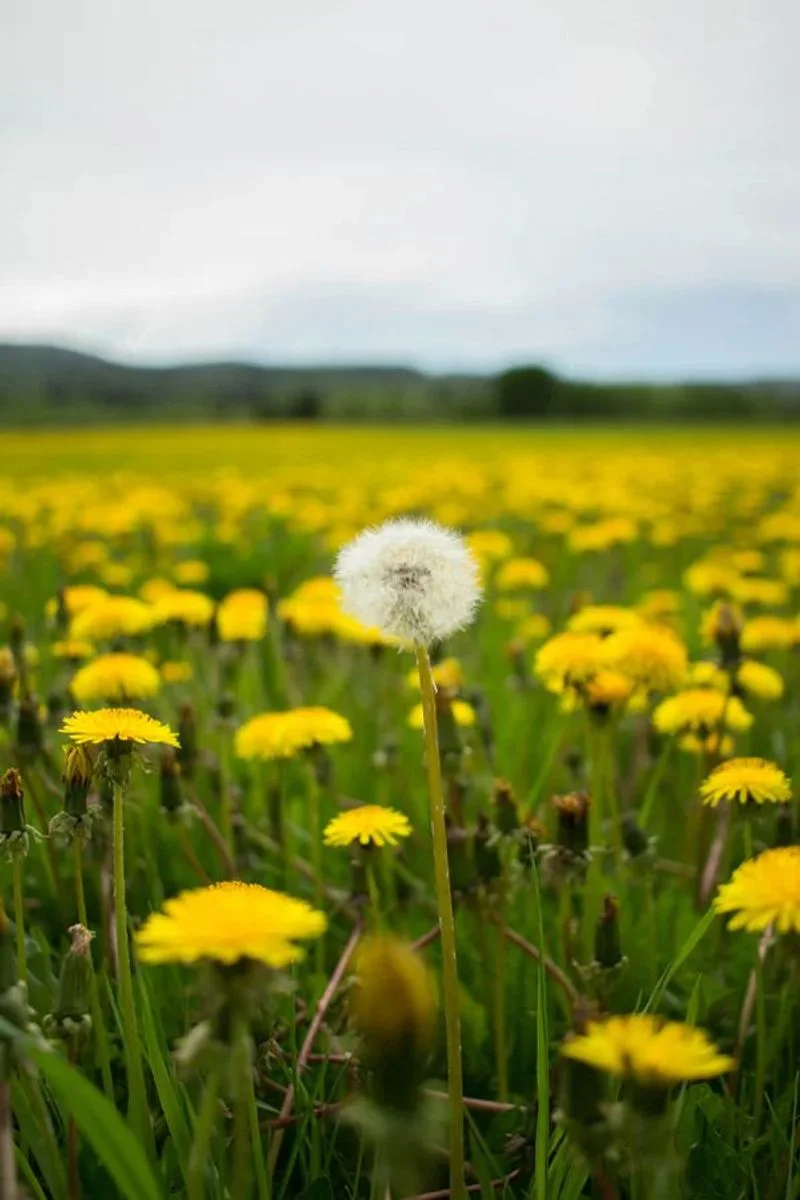
Often synonymous with childhood wishes, dandelions are more than just delightful yellow blooms. These common weeds are rich in vitamins A, C, and K. Their young leaves make for a nutritious addition to salads, while the roots can be brewed into a coffee substitute. Historically, dandelions have been used in traditional medicine to aid digestion. The cheerful flowers can even be used to make wine. With so many uses, this plant is truly a backyard treasure that deserves a second look.
Chickweed
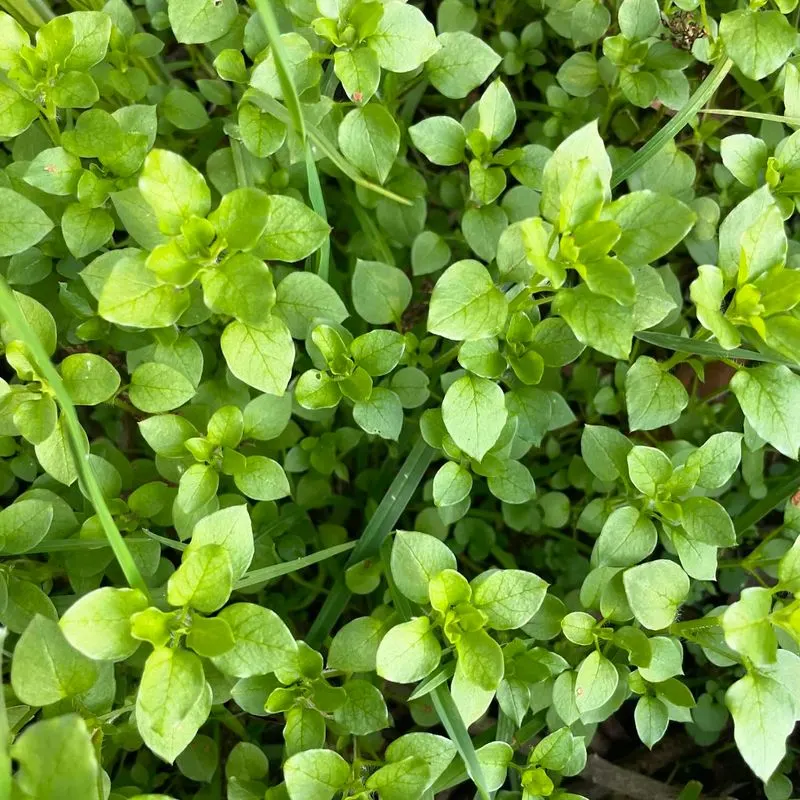
Delicate and unassuming, chickweed is a powerhouse of nutrients. Its mild flavor makes it a fantastic addition to salads and smoothies. Rich in vitamins C and D, chickweed also boasts anti-inflammatory properties, making it a popular choice in natural remedies for skin irritations. Historically, it has been used to soothe itchy skin and heal minor wounds. This humble weed can turn an ordinary meal into a nutrient-rich delight, proving that good things often come in small packages.
Clover
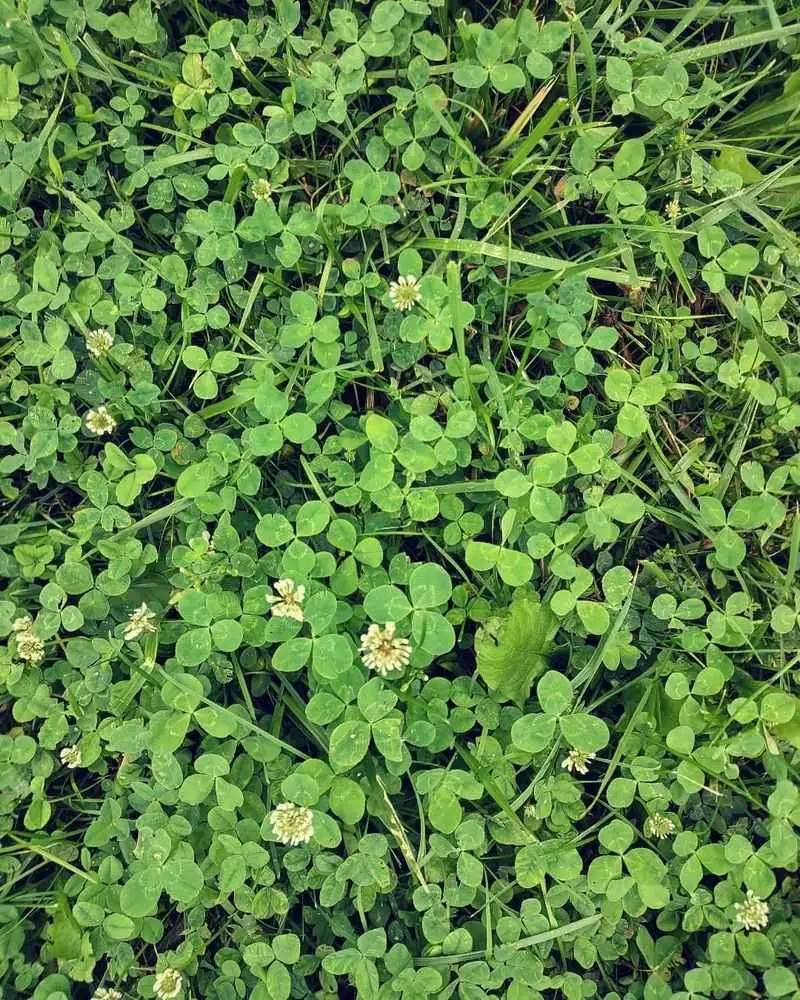
With its iconic three-leaf clusters, clover is a familiar sight in lawns. Often associated with luck, this plant is a natural nitrogen fixer, enriching the soil without synthetic fertilizers. Clover flowers are edible and can be used in teas or as a garnish. This weed also attracts pollinators, contributing to a healthy garden ecosystem. While many seek its elusive four-leaf variety, the humble clover offers more than just a symbol of good fortune—it’s a boon for any backyard.
Plantain
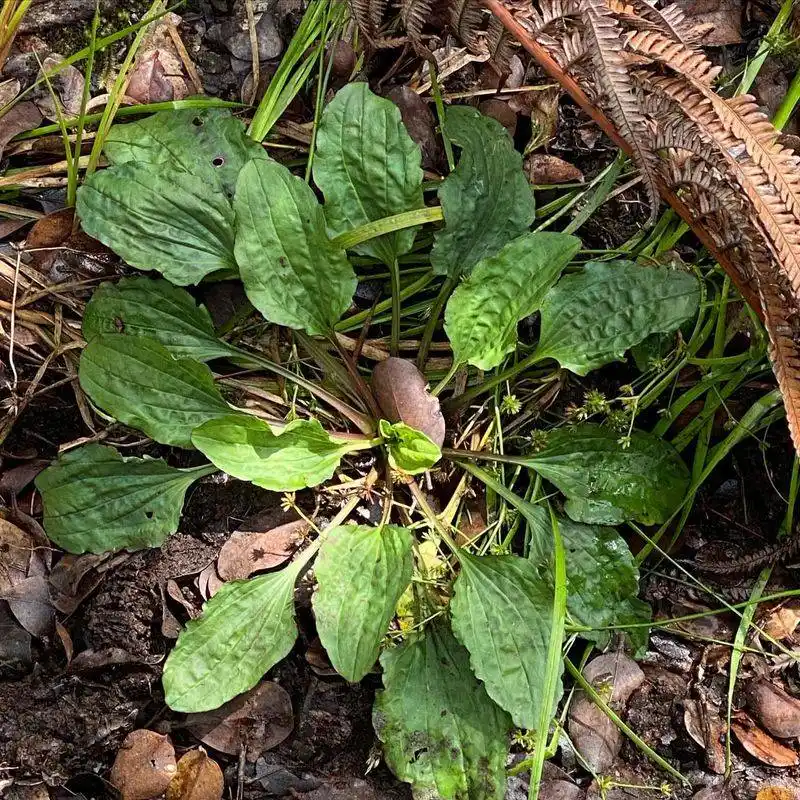
Not to be confused with its banana-like namesake, plantain is a versatile weed with broad, flat leaves. It’s been used in traditional medicine for centuries to treat insect bites and rashes. The leaves can be applied directly to the skin or made into a soothing tea. Plantain’s seeds are also edible, offering a crunchy texture to dishes. This resilient plant is not only a staple in natural first aid kits but also a tasty addition to your culinary adventures.
Purslane
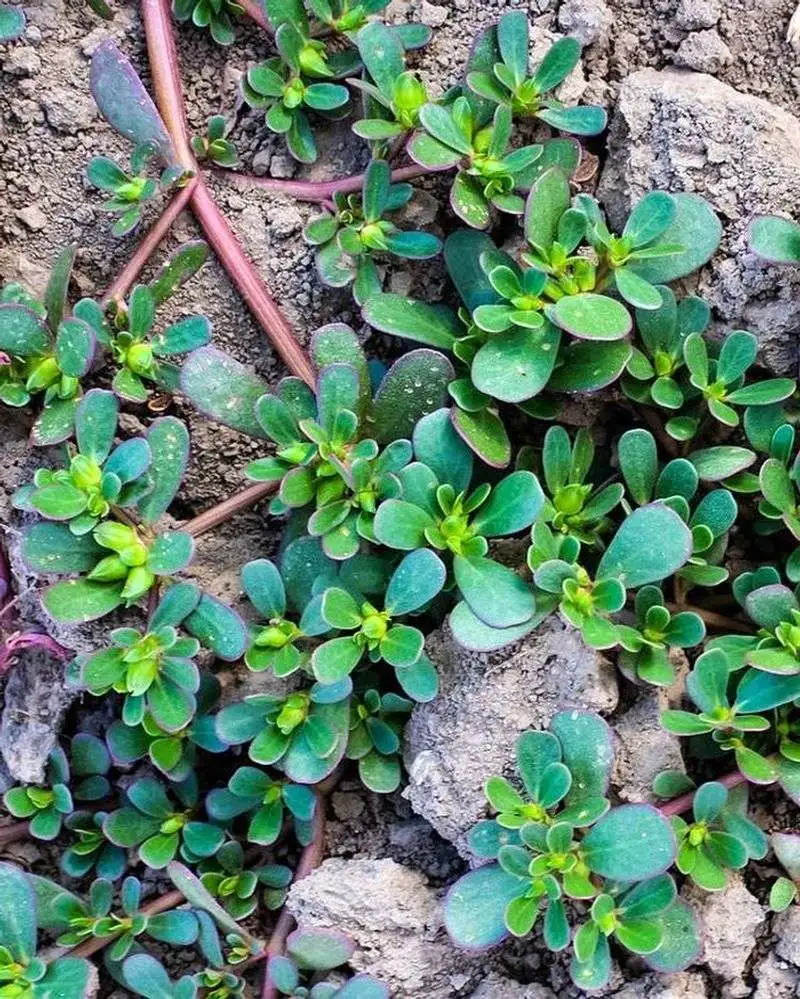
Purslane might look modest, but its nutritional profile is impressive. Packed with omega-3 fatty acids, it’s a rare find among plants. Its slightly sour taste is a delightful addition to salads and sandwiches. Purslane has been cultivated for centuries, even found in ancient Egyptian gardens. It also boosts antioxidant levels, making it a healthful choice for modern diets. Whether you’re foraging or gardening, purslane adds a nutritious crunch to your meals.
Lamb’s Quarters
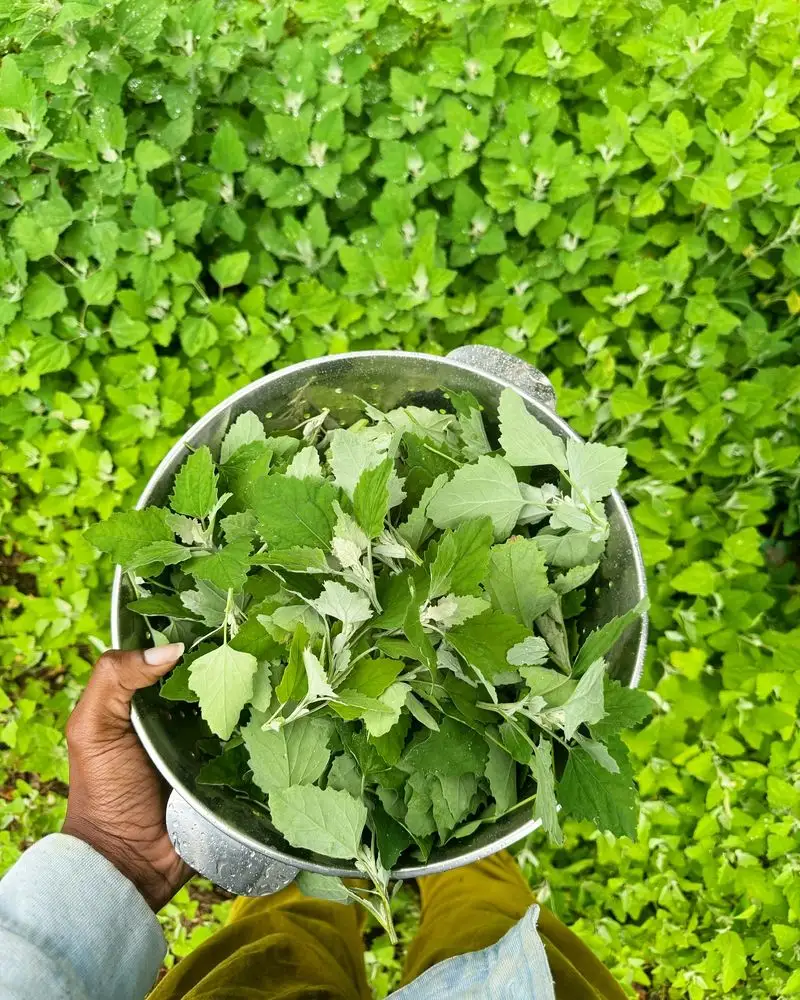
Known as a wild spinach, lamb’s quarters are often overlooked in favor of their cultivated cousins. This weed boasts a rich nutritional profile, loaded with vitamins A, C, and calcium. The leaves have a mild flavor, making them a perfect substitute for spinach in many dishes. This ancient plant was once cultivated by Native Americans for its seeds, which can be ground into flour. Rediscovering lamb’s quarters can add both flavor and nutrients to your meals.
Nettle
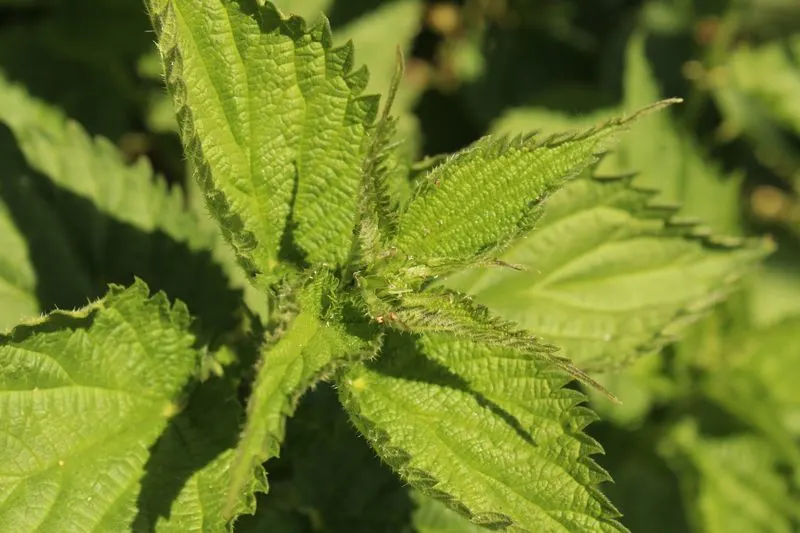
Despite its prickly reputation, nettle is a powerhouse of nutrients. Rich in iron, calcium, and protein, it’s a staple in herbal medicine. The leaves, when cooked, lose their sting and can be used in soups and teas. Historically, nettles have been used to treat joint pain and boost circulation. This ancient plant offers a bounty of health benefits, making it a valuable addition to any garden. Embracing nettle’s unique properties can add both health and vitality to your life.
Shepherd’s Purse
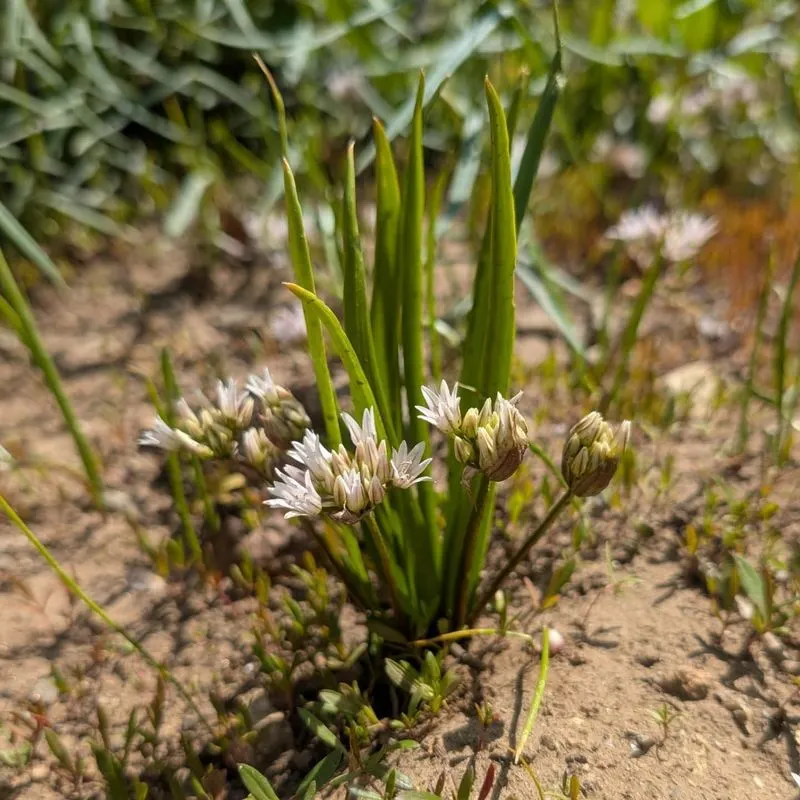
Shepherd’s purse stands out with its heart-shaped seed pods. It’s been used in herbal medicine for centuries, primarily to stop bleeding. The plant’s leaves are edible, with a peppery flavor reminiscent of arugula. It’s often found in fields and along roadsides, thriving in less-than-ideal conditions. This resilient weed provides both culinary and medicinal benefits, proving that even the most unassuming plants can pack a punch. Its distinctive appearance makes it easy to identify in the wild.
Burdock
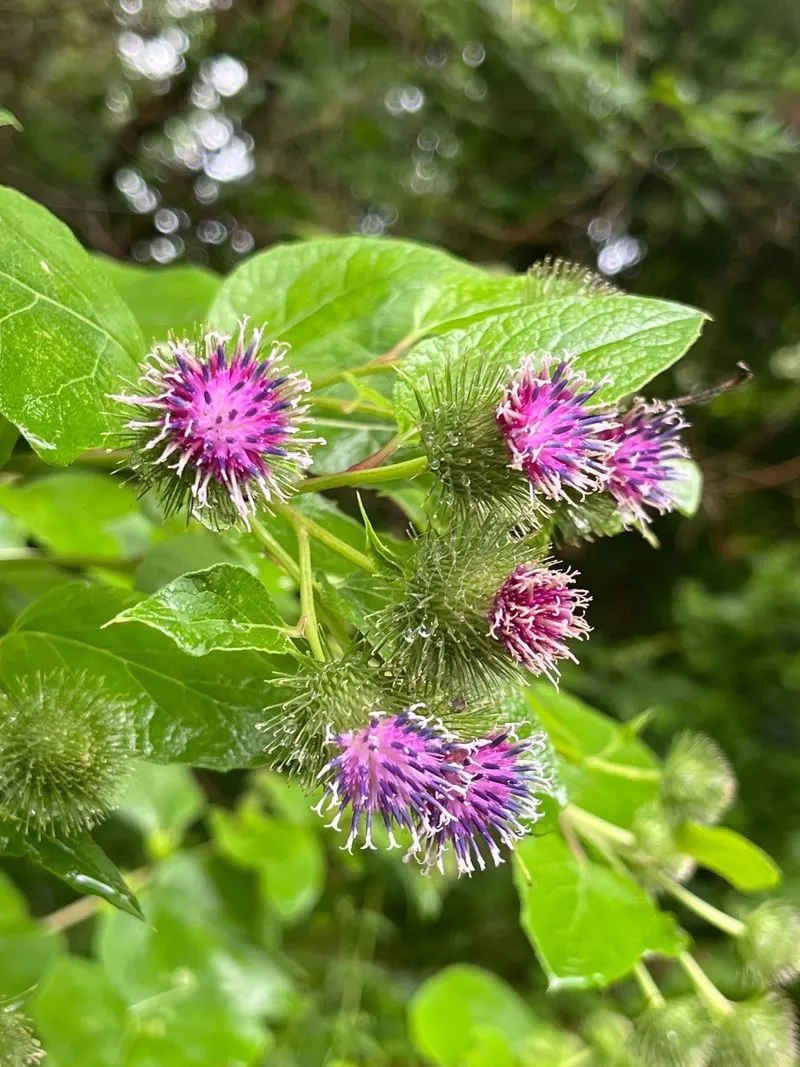
Burdock is best known for its sticky burrs, but its roots and leaves offer numerous benefits. Traditionally used to purify the blood, burdock supports liver health and can be included in teas and soups. The roots have a crunchy texture, similar to carrots, and are rich in antioxidants. This plant is often found in Asian cuisine, appreciated for its earthy flavor. By embracing burdock, you can add a nutritious and medicinal element to your culinary repertoire.
Henbit
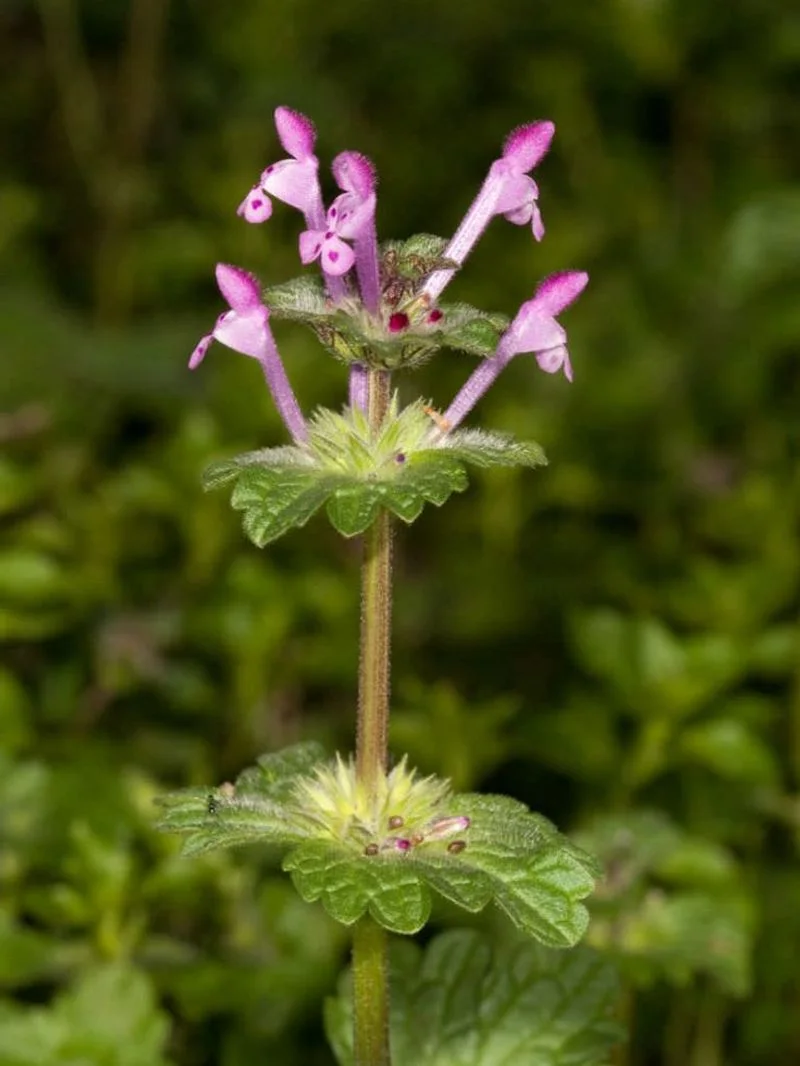
Henbit brings a pop of color to any garden with its lovely purple flowers. This winter annual is edible and provides an early source of nectar for bees. Rich in vitamins and minerals, henbit can be used in salads or as a garnish. Its tender young leaves are a favorite among foraging enthusiasts. This weed adds both beauty and utility to gardens, proving that sometimes, the prettiest plants are those growing right under our noses.
Mallow

Mallow boasts pretty pink blooms and soft, round leaves. Often used in herbal remedies, mallow can soothe sore throats and relieve inflammation. The leaves and flowers are edible, offering a mild flavor that’s perfect in salads and teas. This ancient plant has been cherished for its medicinal properties throughout history. Incorporating mallow into your garden can provide both culinary delight and natural relief from common ailments.
Curly Dock
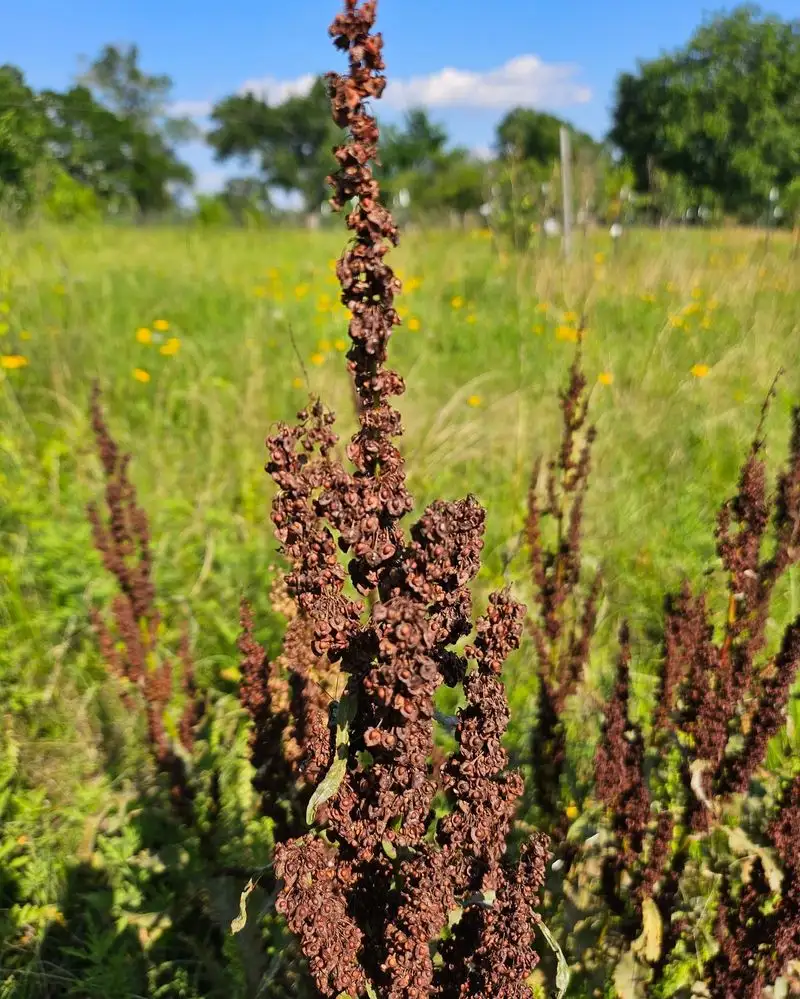
Curly dock is noticeable with its tall seed stalks and broad leaves. Long used in herbal medicine, its roots help with digestion and skin irritations. The young leaves are edible, offering a tangy flavor similar to spinach. Curly dock has a reputation as a survival plant, providing nutrition in challenging environments. Harnessing the power of this weed can add both variety and resilience to your garden’s offerings.
Wild Amaranth
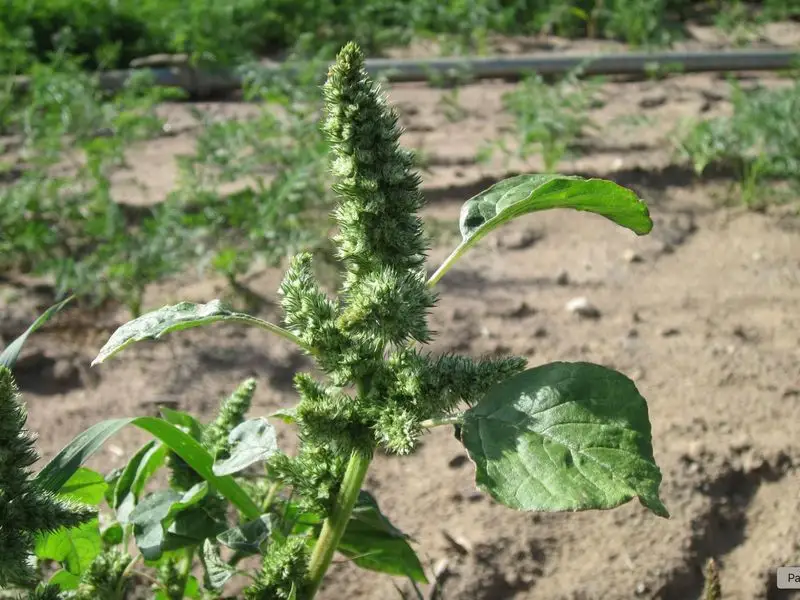
Wild amaranth, or pigweed, is often considered a nuisance but presents a nutritional goldmine. Its leaves and seeds are rich in protein and essential amino acids. The young leaves can be cooked like spinach, while the seeds can be used as a grain. This ancient plant was a staple in Aztec diets and remains a valuable food source today. By welcoming wild amaranth, you can tap into a rich tradition of nourishment and vitality.
Yarrow
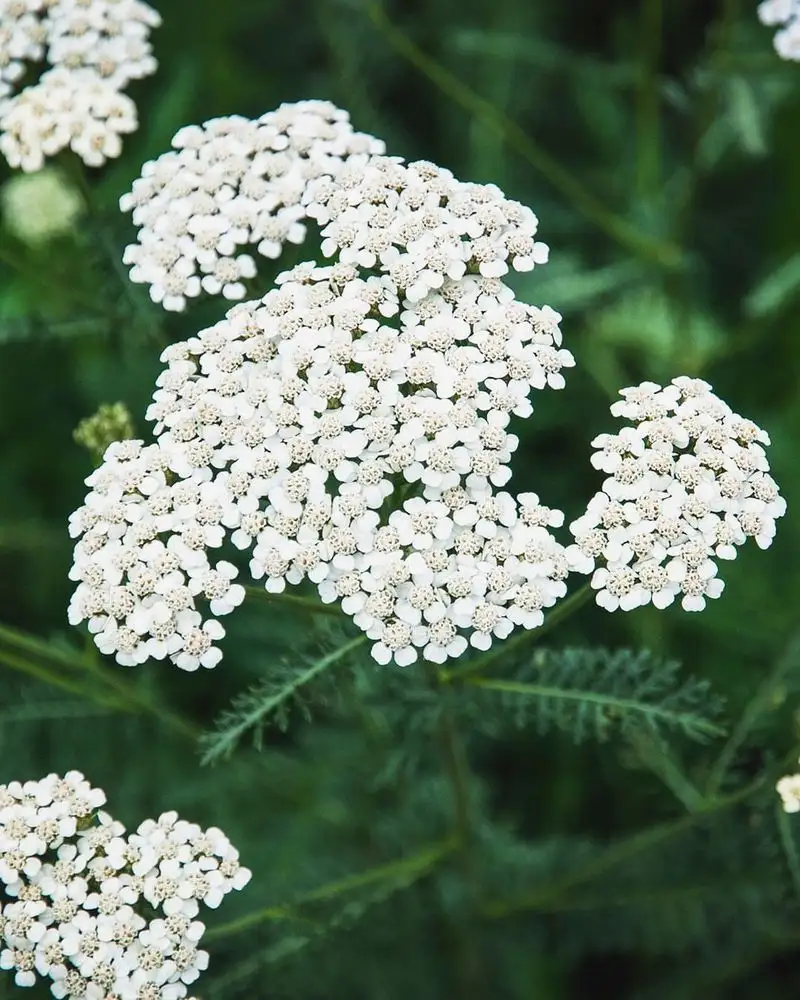
Yarrow is famed for its clusters of white flowers and feathery foliage. It has been used since ancient times to staunch bleeding and promote wound healing. The leaves are aromatic, making them a flavorful addition to soups and stews. Yarrow also attracts beneficial insects, supporting a balanced garden ecosystem. Embracing this weed’s diverse properties can enhance both your garden’s aesthetics and its utility.
Violet
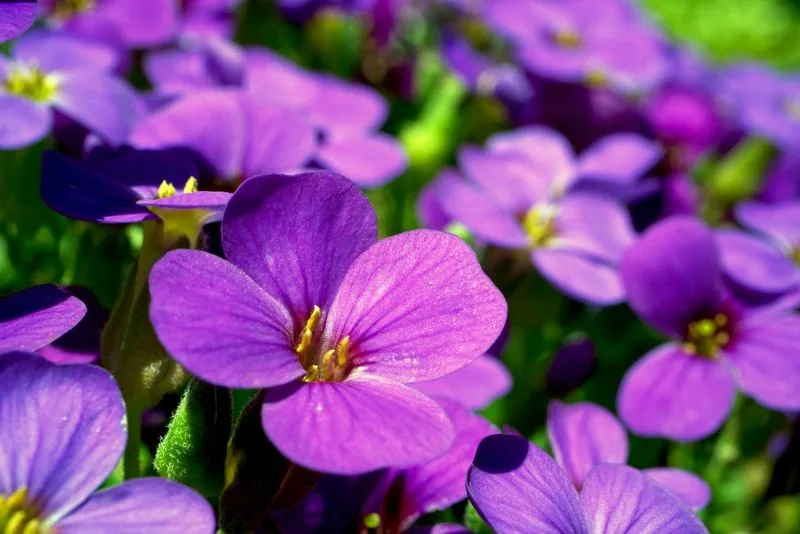
Violets add a touch of elegance with their delicate purple blooms. The leaves and flowers are edible, offering a mild, sweet flavor that enhances salads and desserts. Rich in vitamins A and C, violets have been used in traditional remedies to relieve coughs and colds. Their beauty and utility make them a charming addition to any garden. By appreciating violets, you can enjoy both visual delight and a subtle, natural remedy.
Wood Sorrel
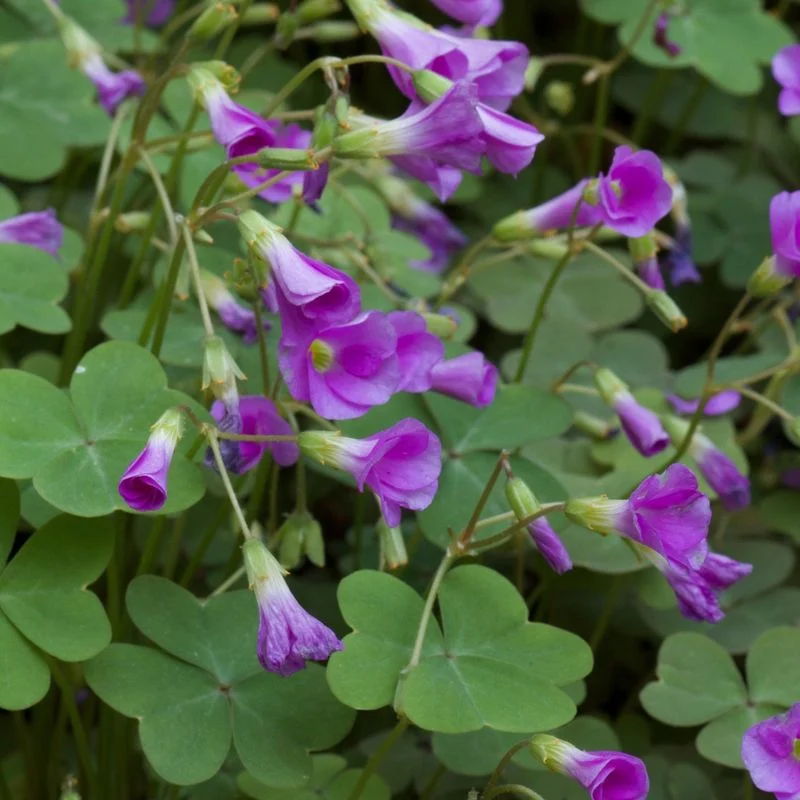
Wood sorrel might be mistaken for clover, but its tart, lemony flavor sets it apart. The leaves and flowers are edible and can add a zesty kick to salads and soups. This common weed is rich in vitamin C and has been used in traditional medicine to treat fevers. Its refreshing taste and nutritional benefits make wood sorrel a versatile addition to your culinary adventures.
Ground Ivy
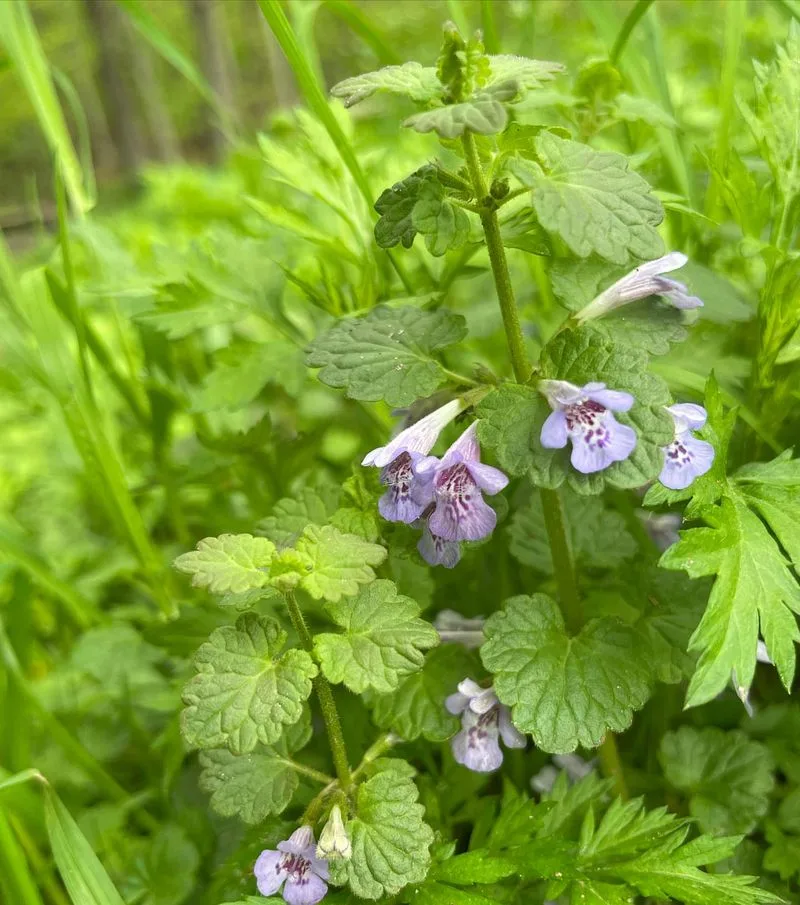
Ground ivy is often found creeping along the ground with its purple flowers and fragrant leaves. Known for its medicinal uses, it’s been traditionally used to treat colds and inflammation. The leaves can be made into a tea that offers a unique, earthy flavor. This weed’s creeping nature can also help control soil erosion, providing practical benefits beyond its beauty. Ground ivy is an example of how weeds can serve multiple purposes.
Garlic Mustard
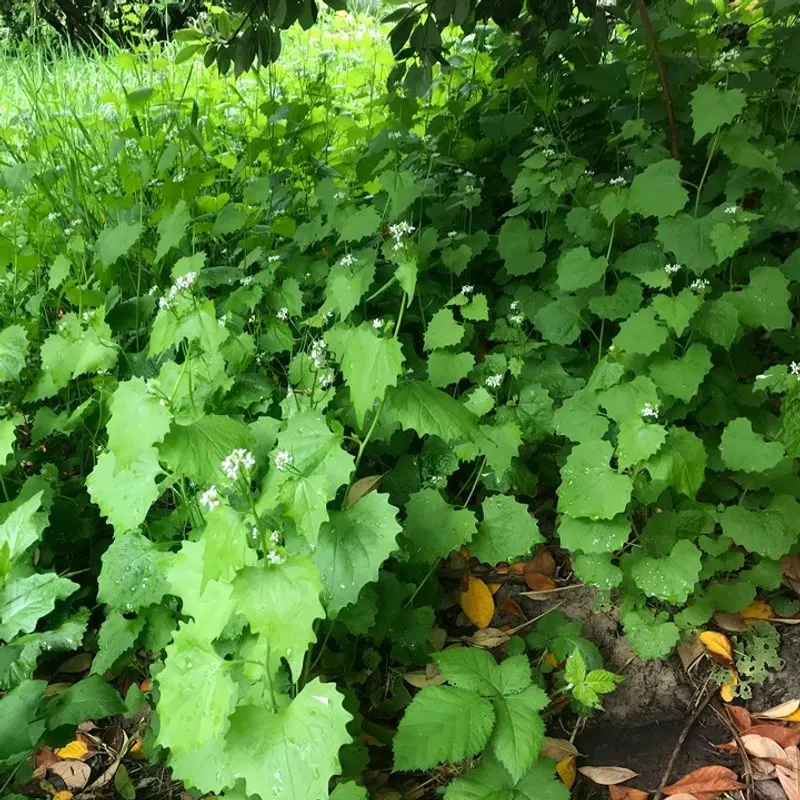
Garlic mustard is often seen as an invader, but its culinary potential is vast. The leaves, with a garlic-like flavor, can be used in pesto and salads. Rich in vitamins A and C, it’s a nutritious addition to meals. Historically, garlic mustard has been used in herbal medicine to aid digestion. By recognizing its potential, you can turn an invasive species into a valuable kitchen ingredient.
Queen Anne’s Lace
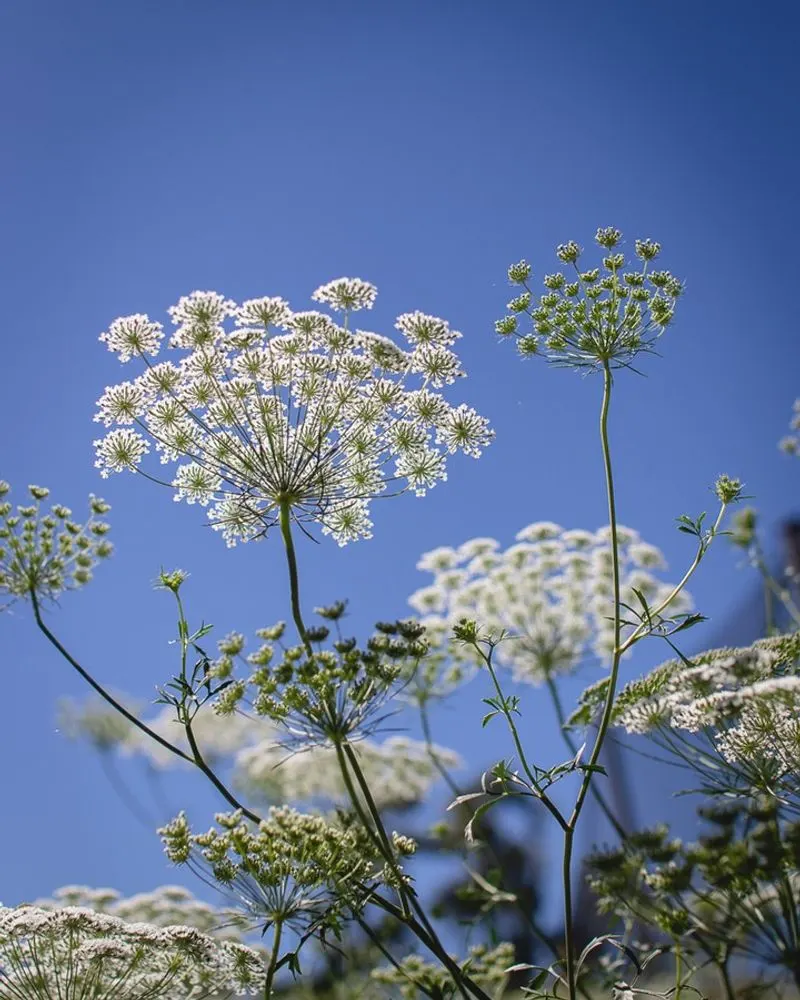
Queen Anne’s lace, also known as wild carrot, features delicate white blooms that are both beautiful and edible. The root, while small, offers a carrot-like flavor and has been used in traditional remedies. This plant attracts pollinators, enhancing garden biodiversity. Appreciating Queen Anne’s lace can add both aesthetic and practical benefits to your outdoor space, making it a weed worth keeping.
Red Clover
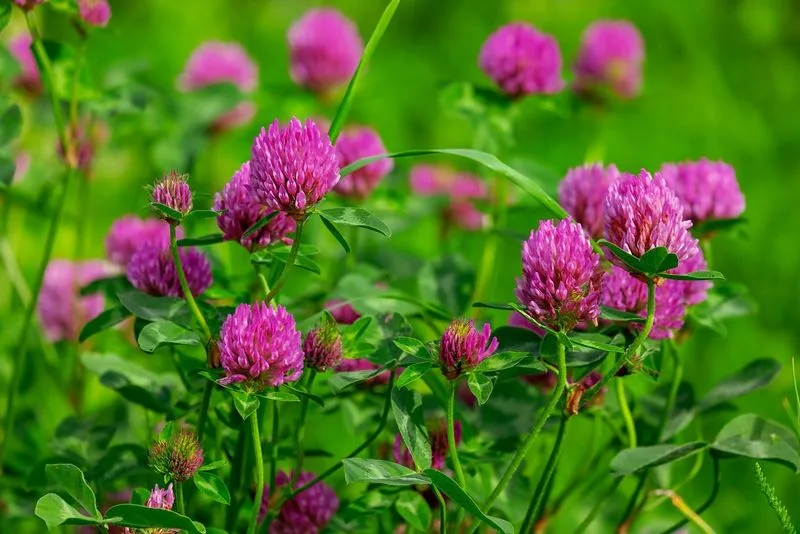
Red clover is more than just a pretty flower. Its blossoms are rich in isoflavones, which have been studied for their health benefits. The flowers can be dried for teas or used fresh in salads. Historically, red clover has been used to support women’s health and improve circulation. This weed’s vibrant blooms and medicinal properties make it a valuable addition to any garden, offering both beauty and benefits.

